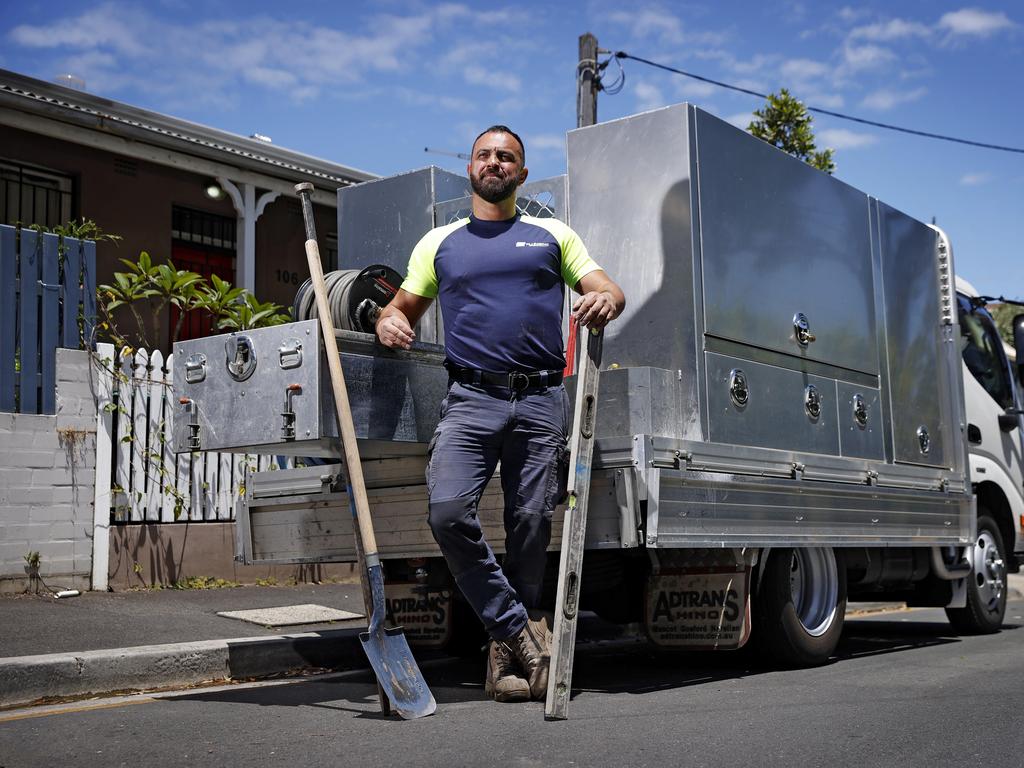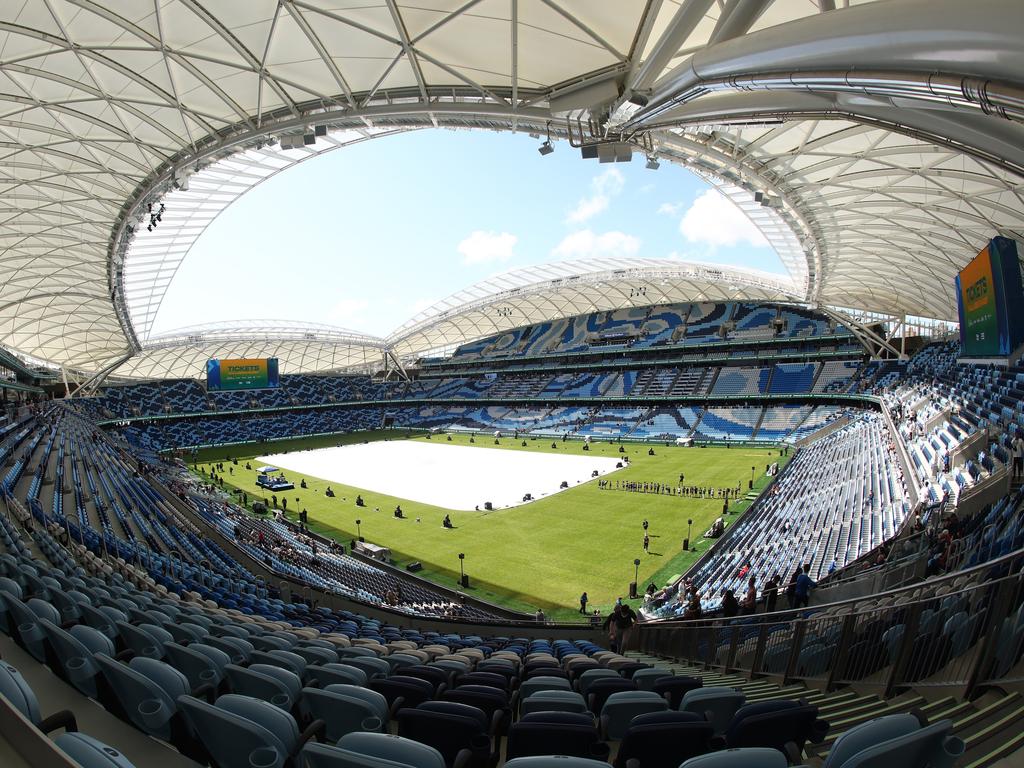Mapped: Australia’s looming heatwave problem
Heatwaves are set to be more severe, with massive implications for work and sport. See how future summers may feel with our interactive map.
Heatwaves in Australian cities will be noticeably longer and more severe even by the end of this decade if current climate trends continue, with massive implications for outdoor work and sport, according to new modelling.
While rain and cooler temperatures have prevailed in Australia’s east coast this year because of the La Nina weather pattern, the underlying trend towards longer and hotter heatwaves will mean we are likely to see more days above 35°C.
According to the data from Monash University’s 360 info team, under the most likely global warming scenario, Sydney, Melbourne and Brisbane can all expect an extra two days above 35° — the point at which the CFMEU (Construction Forestry Maritime Mining & Energy Union) says work must stop — by the end of the decade.
But Adelaide can expect an extra five days above that mark, while Perth will be hit by as many as 30 and Darwin by 37, the modelling shows.
The trend will get worse by the year 2050. Using the same global warming projections, Sydney will have an average of 9.4 days above 35° each year (up from an average of 5.7 now) and western Sydney will have 13.4 (up from 8.2).
Meanwhile Melbourne’s average tally of 35° scorchers will have almost doubled (from 4.4 days now to 8.2 in 2050), and Brisbane’s will have more than doubled (from an average of 5.9 days now, to 12.2 days by mid-century).
Adelaide’s average number of very hot days will jump from 15 currently to 23.8 in 2050, while Perth’s will go from 20.8 to 35.5, and Darwin could be hit by an average 138.8 days per year above 35 degrees, up from 74.3 today.
Australia has always had hot days, but according to Adelaide GP Dr Kate Wylie from the group Doctors for the Environment, this has fostered a blase attitude.
“The message to give people is that heat is dangerous, and people need to protect themselves on hot days,” she said. “Someone might be a tradie and used to working outside, and think they can cope [with hot weather], but the thing they need to realise is that once you get past a certain point your body cannot cope.”
Heatwaves can help trigger heart attacks, strokes and mental health episodes, but often the role heat plays in fatalities is not recorded, Dr Wylie said.

WORKERS FEELING THE HEAT
Research from RMIT shows extreme heat is already having a big effect on Australian workers.
In a survey of 1165 Australians earlier this year, three in four respondents said they had suffered physical health impacts from excessive heat at work, and 43 per cent indicated mental health impacts.
The United Workers Union said there were both confirmed and unconfirmed heat-associated deaths among laundry and farm workers in Australia last summer.
Professor Lauren Rickard from RMIT said the survey showed “a very clear message of concern and frustration for many workers, about a lack of attention to this issue in their workplaces”.

Plumber Alex Taskun said with blocked drains, clogged gutters and outdoor water heaters to attend to, working outside was an “everyday reality” in his trade.
“Especially when we’re up on roofs,” he said. “Once it hits 36, 37 degrees, you feeling like you’re touching the sun.”
As the boss of a small team, Mr Tuskun said he’d generally send his workers home once it reached about 35 degrees, although it was on a case by case basis.
Mr Taskun said the difficulties of the Covid pandemic had made some customers more accepting of unforseen delays in finishing jobs, and if more days were going to be lost to heatwaves in future, that sense of understanding would have to increase.
“Mum and dad customers tend to be more accepting that we’re walking off, but with commercial customers and large organisations, sometimes the care factor [about workers] is just not there,” Mr Taskun said.
EXTREME HEAT AND SPORT

Sporting organisations at all levels are also having to contend with the increasing strength, duration and frequency of summer heatwaves, with moves to protect competitors, officials and spectators.
This year alone competitors in the Tour de France called for more action to manage heat-related risks, and the World Cup is being held later in the year to avoid extreme temperatures. Meanwhile the England and Wales Cricket Board is expected to launch its first-ever heat policy in 2023 after record-breaking temperatures affected matches and players this year.

Katherine O’Regan from the Sport Environment Alliance said there was “a lot more awareness” of the dangers of extreme heat, with organisers changing the time of events, mandating rest breaks and providing more shelter for spectators. Sydney’s newly-rebuilt Allianz Stadium was an example, with a lot more cover for spectators than the structure it replaced, Ms O’Regan said.
One sport that is changing rapidly to accommodate increasing temperatures is lawn bowls, with administrators saying the sport was effectively moving from an outdoor activity to an indoor one.
Bowls Australia General Manager Chris Wallace said he knew of at least 15 clubs in Australia that had fully covered their greens in just the past two years, while another 10 had added retractable shades to protect players.
- Additional reporting by Caspar McLeod
More Coverage
Originally published as Mapped: Australia’s looming heatwave problem




